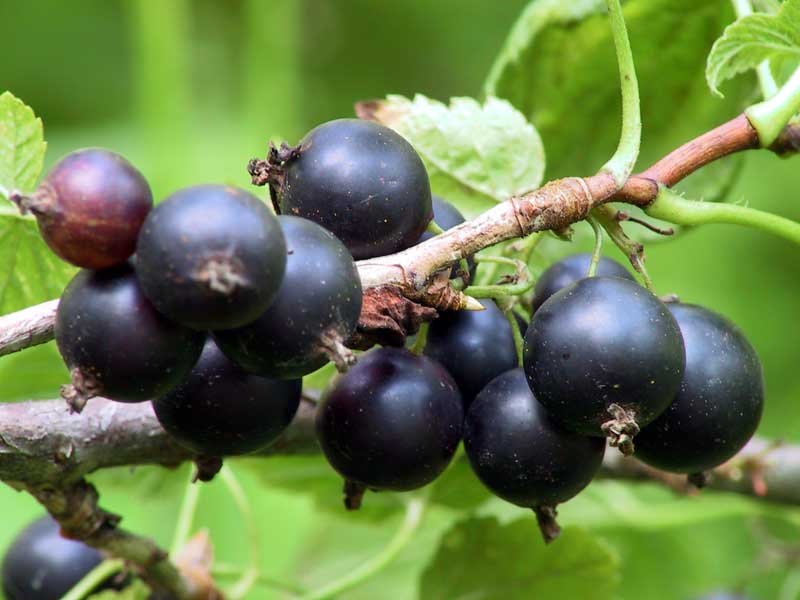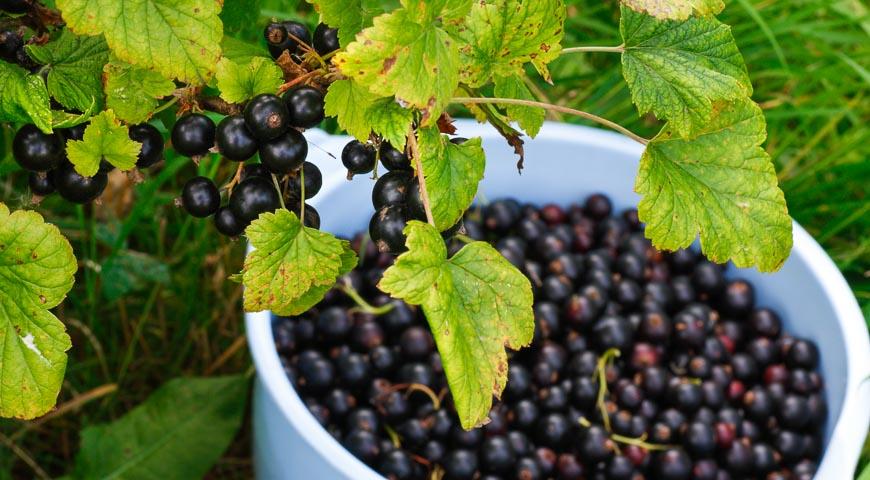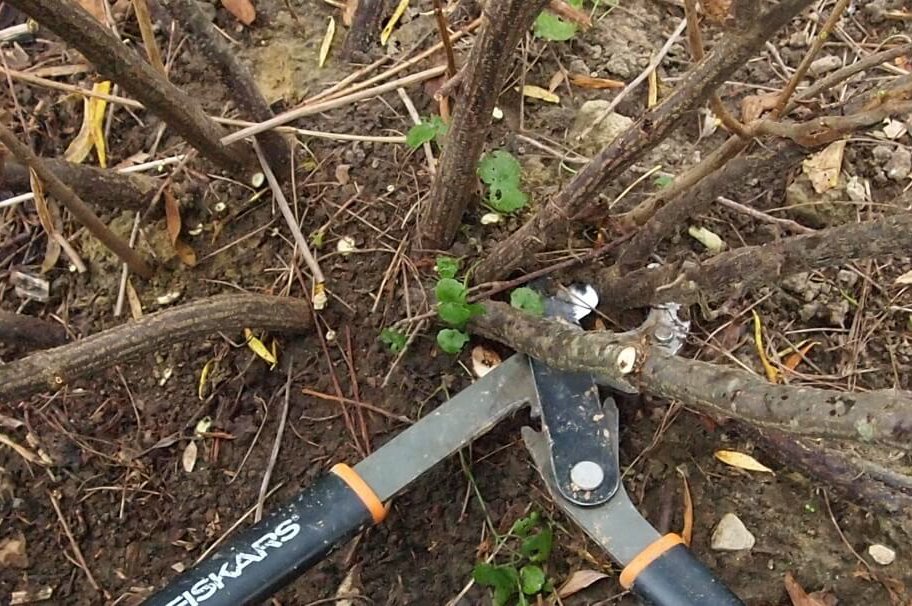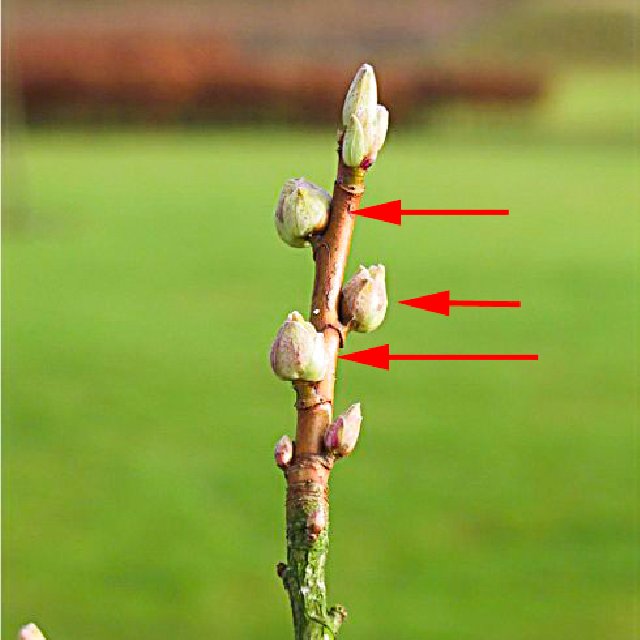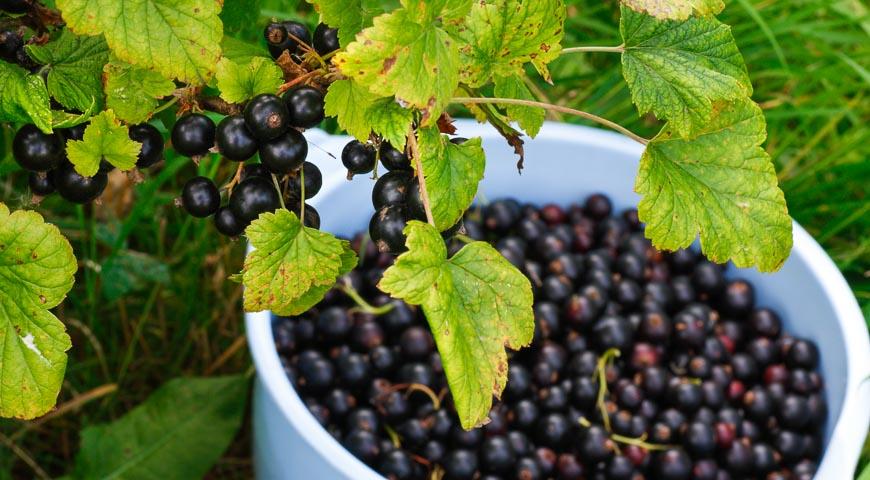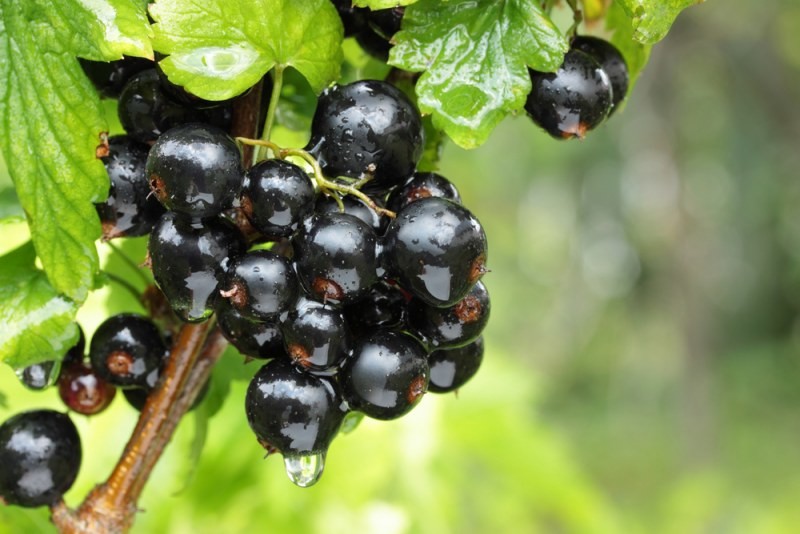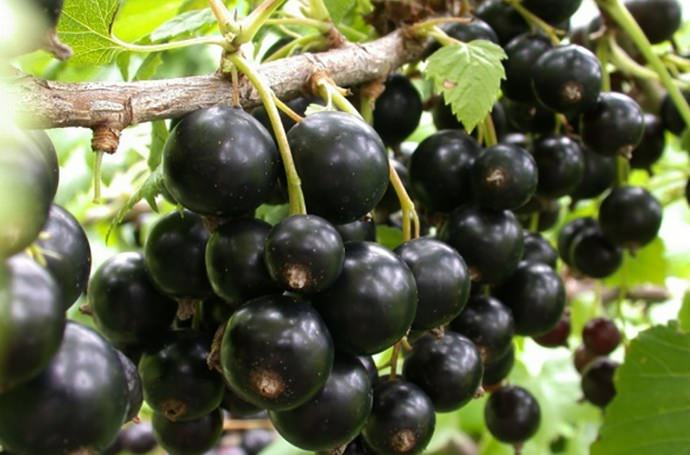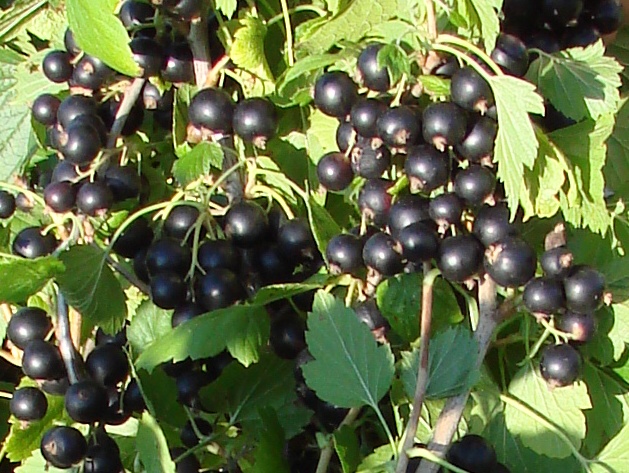Content:
Black currant is a crop that grows on the site of almost every gardener. To get a decent harvest of this tasty and incredibly healthy berry, you should be very responsible when choosing a particular variety. Noteworthy varieties of black currant include Katyusha.
History of creation
The Katyusha variety of currants is the result of many years of work by the Institute of Fruit Growing of the National Academy of Sciences of Belarus. The varietal species was bred by crossing two varieties: Paulinka and Pilota. The black currant Katyusha was entered into the State Register of the Russian Federation in 1998. The culture is optimal for growing in the North Caucasian, Middle Volga and Ural regions of Russia.
This self-fertile variety has a high yield. The fruits are distinguished by a rich sweet and sour taste, they do not crumble for a long time and are perfectly stored.
Description of the variety
The Katyusha currant is a rather vigorous bush, characterized by an average branching rate. Fresh shoots of the plant are green, and ligneous ones are gray-brown, of medium size. The buds of the cultivar are pink-purple in color. The leaves have a five-lobed shape and are medium or large. The plant blooms with medium-sized red flowers. The fruits weigh up to 1.5 grams. If we talk about the yield in industry on a scale, then it is at least 10 tons per hectare.
The main characteristic of the berry, for which it is especially highly valued, is its winter hardiness. In addition, it should be noted the high resistance of the culture to diseases such as leaf spot and powdery mildew.
About 60% of the berries are formed from self-fertility, therefore, when cultivating this fruit and berry crop, it is strongly recommended to carry out additional artificial pollination to increase productivity.
The variety is suitable for consumption both fresh and processed. The composition of berries in large quantities contains the following useful vitamins and minerals:
- vitamins C, B, E and P;
- provitamin A;
- phosphoric acid;
- carotene;
- essential oil;
- sugar.
Regular consumption of currant berries is recommended for heart problems, atherosclerosis and for the prevention of diabetes. In addition, currants enhance immunity and help preserve vision.
Features of agricultural technology
Despite the fact that agrotechnical measures for the cultivation of black Katyusha currants, in accordance with the description, do not have any special differences, a certain specificity is still present. And you should definitely familiarize yourself with it in order to provide the plant with proper care. The standard care package includes watering, weeding, loosening and weeding.
Landing
Blackcurrant Katyusha grows best in well-lit areas. If the crop does not have enough sun, the number of berries will decrease, and the fruits themselves will become less sweet. The plant prefers a slightly podzolized soil, sandy loam or loamy. Acid levels can vary between 6 and 6.5.
Stagnant water in the area for varietal currants will be disastrous. Therefore, if there is such a risk, it is strongly recommended to organize high-quality drainage. Neglecting this recommendation will inevitably lead to the fact that the shrub will develop poorly. If the stagnation of water is prolonged, the plant may even die.
Practice shows that planting Katyusha currants has the best results if shrubs are placed along the hedges, which will provide reliable protection from the winds.
Before placing a currant seedling in the ground, the soil should be carefully dug up and fed. Bushes should be planted at a distance of about 1.5 meters from each other. The optimum dimensions for the planting pit are 50 cm in diameter and 40 cm in depth. It is necessary to pour about half a bucket of settled water into a pre-prepared hole and only then place a seedling. It is necessary to deepen the latter to a depth of 5-10 cm. The branches of the plant are shortened by half. After placing the seedling in the hole, the plant is watered again with the same amount of water, and the soil is covered with peat, cow dung or humus.
Watering
Since watering is an important part of plant care, it is not recommended to neglect it. Moisten the soil in which the Katyusha currant grows should be at least two to three times a week at the rate of one bucket of water. It is especially important to observe the watering regime during the fruiting period of currants.
Pruning
Correctly executed pruning of the Katyusha currant bush can significantly increase the yield. In this case, the bush itself will become healthier, and the berries will become larger.
Usually currant pruning is done in spring. The best way to perform this manipulation is April.
If, for some reason, it was not possible to cut the currants in the spring, the event may well be postponed to autumn. It is important to have time to do this after harvest and before the onset of the first frost.
Shrub branches should be cut directly at the ground surface. All shoots whose age exceeds 5 years, as well as sick, dried out and broken shoots are subject to disposal.
Pruning currants for the purpose of rejuvenation involves removing all old shoots. For normal fruiting, the shrub must constantly have about 15 branches of different ages.
Top dressing and pest control
Black currant Katyusha is in vital need of foliar dressing. Moreover, they should be done every year. Fertilization of the culture will be especially effective during flowering and the formation of ovaries.
Prevention of fungal diseases and the invasion of harmful insects should be done regularly. Usually it is carried out by spraying shrubs with special compounds.
The most common pests of currants are glass and kidney mites. From diseases, the plant can be affected by anthracosis, goblet rust and white spot.
Experienced gardeners determine the appearance of a tick by the size of the bud. It usually increases in size. A ten percent solution of malofos, tobacco and garlic infusions copes well with the misfortune.
White spot, in turn, is a fairly serious disease that damages not only foliage, but also the fruits themselves. You can cure the culture with copper sulfate.
As for anthracnose, this disease affects the leafy part of the plant. Brown bumps appear on the leaves, creating a serious problem. You can cope with the problem through copper sulfate.
The most important thing in the fight against diseases and pests is to timely identify the presence of a problem and have time to take timely action.
Advantages and disadvantages
Like any other variety, Katyusha has its undeniable advantages and obvious disadvantages. The former include:
- cold resistance;
- high productivity;
- unpretentious care;
- great taste;
- universality of use.
There is only one significant drawback of the variety - the Katyusha currant has a low resistance to fungal diseases.
In general, fruit and berry culture is not without reason so highly demanded by gardeners. This is a wonderful currant, which even not the most experienced gardener can grow. It doesn't take too much effort to pamper yourself with healthy and tasty black currants at the end of the season.
